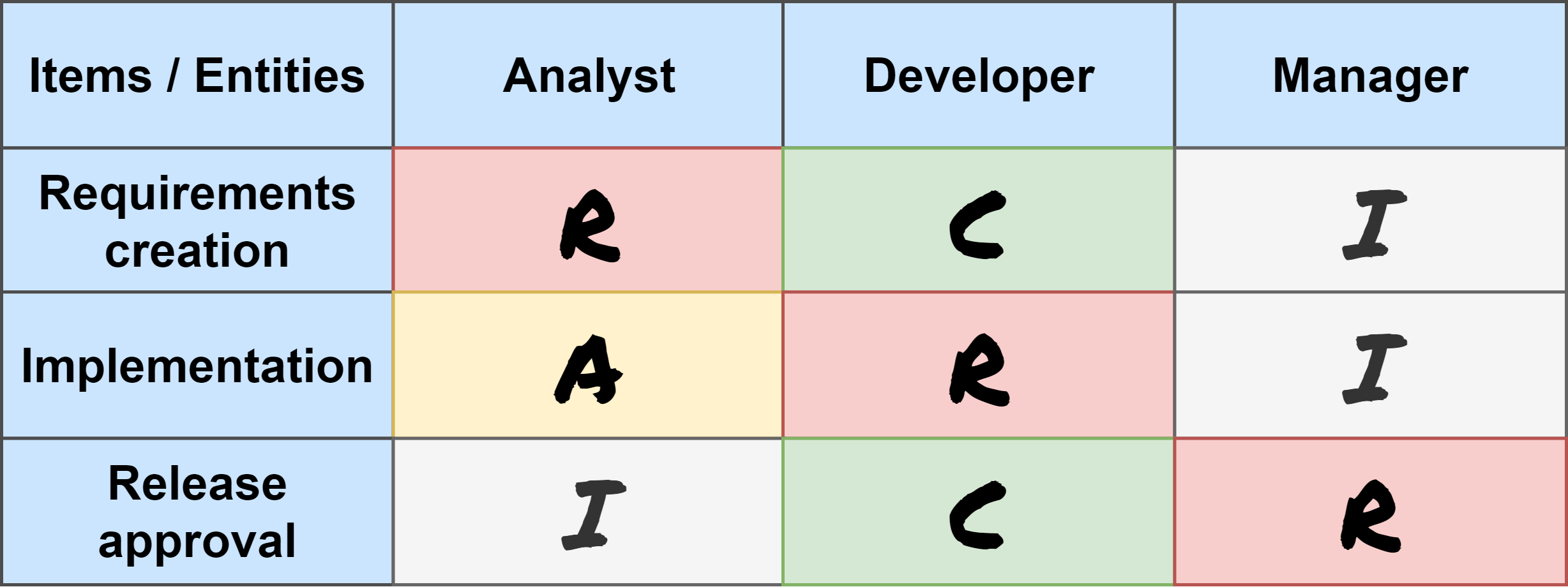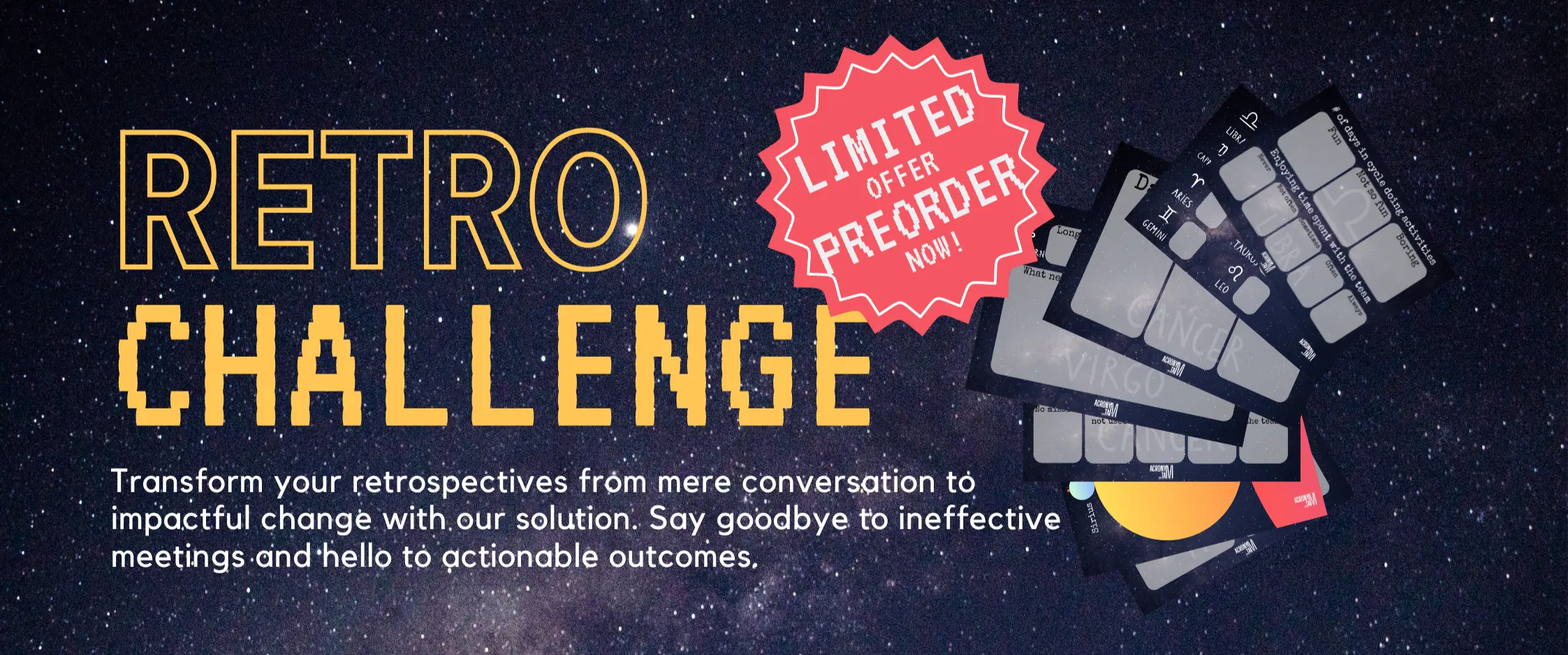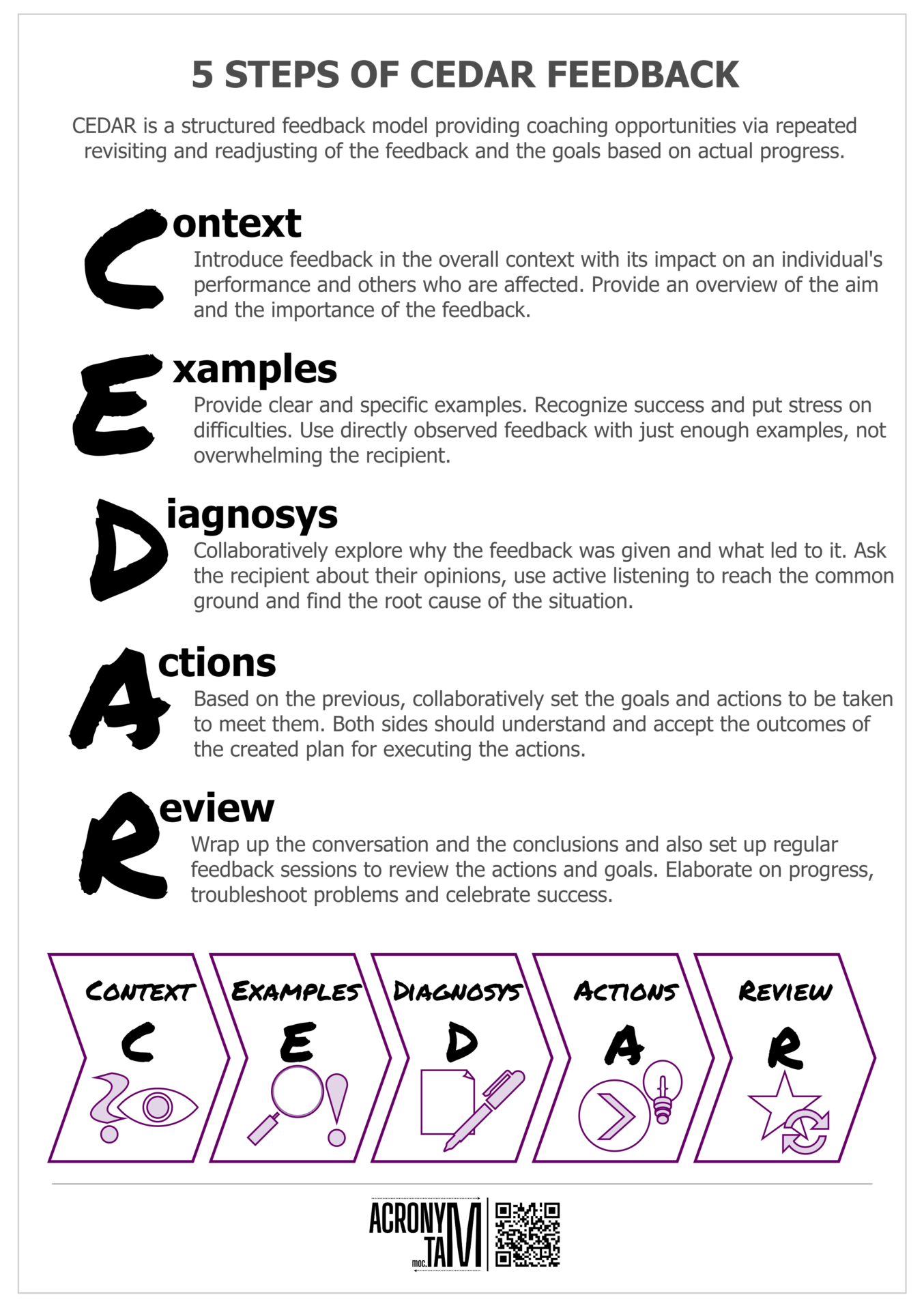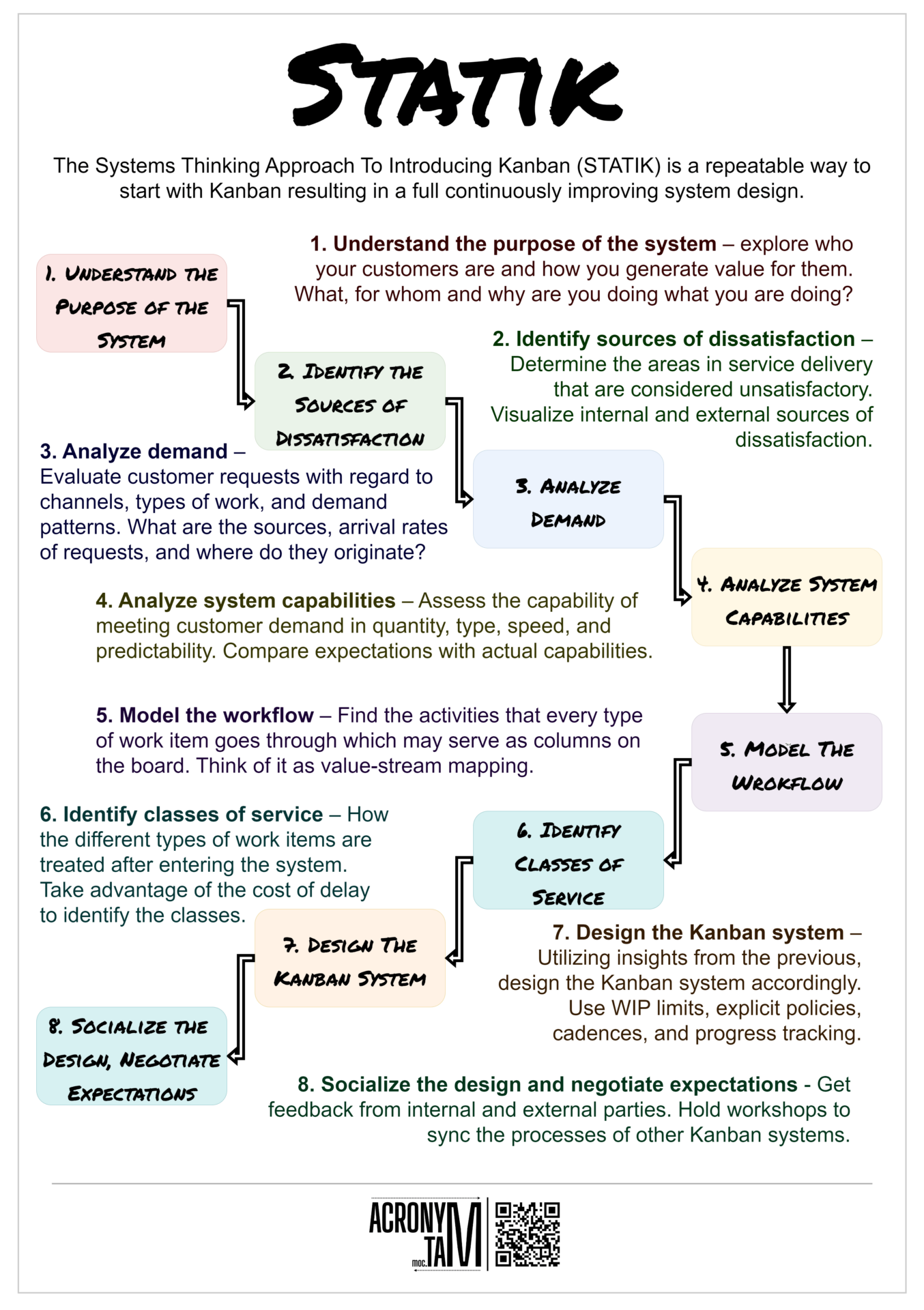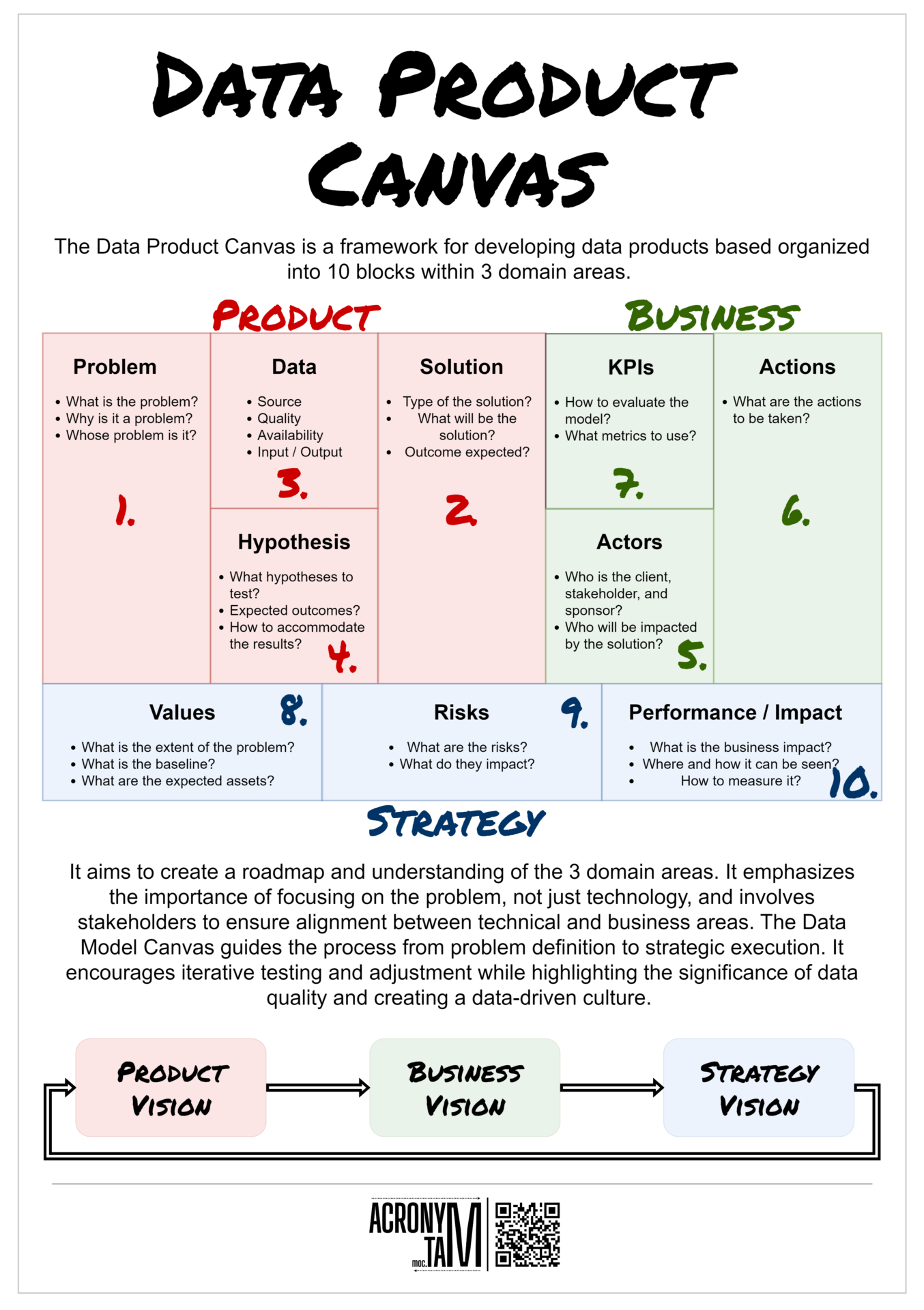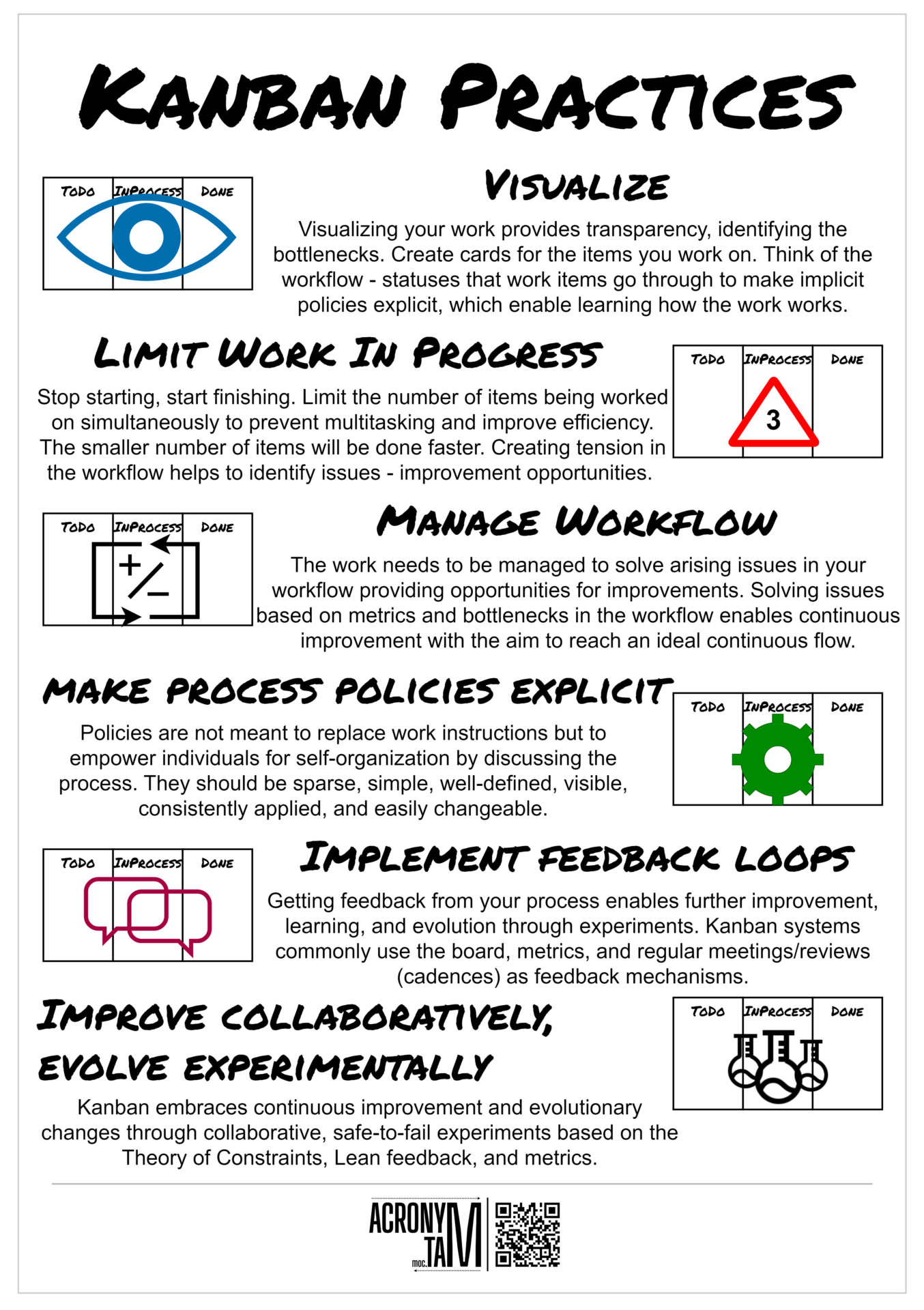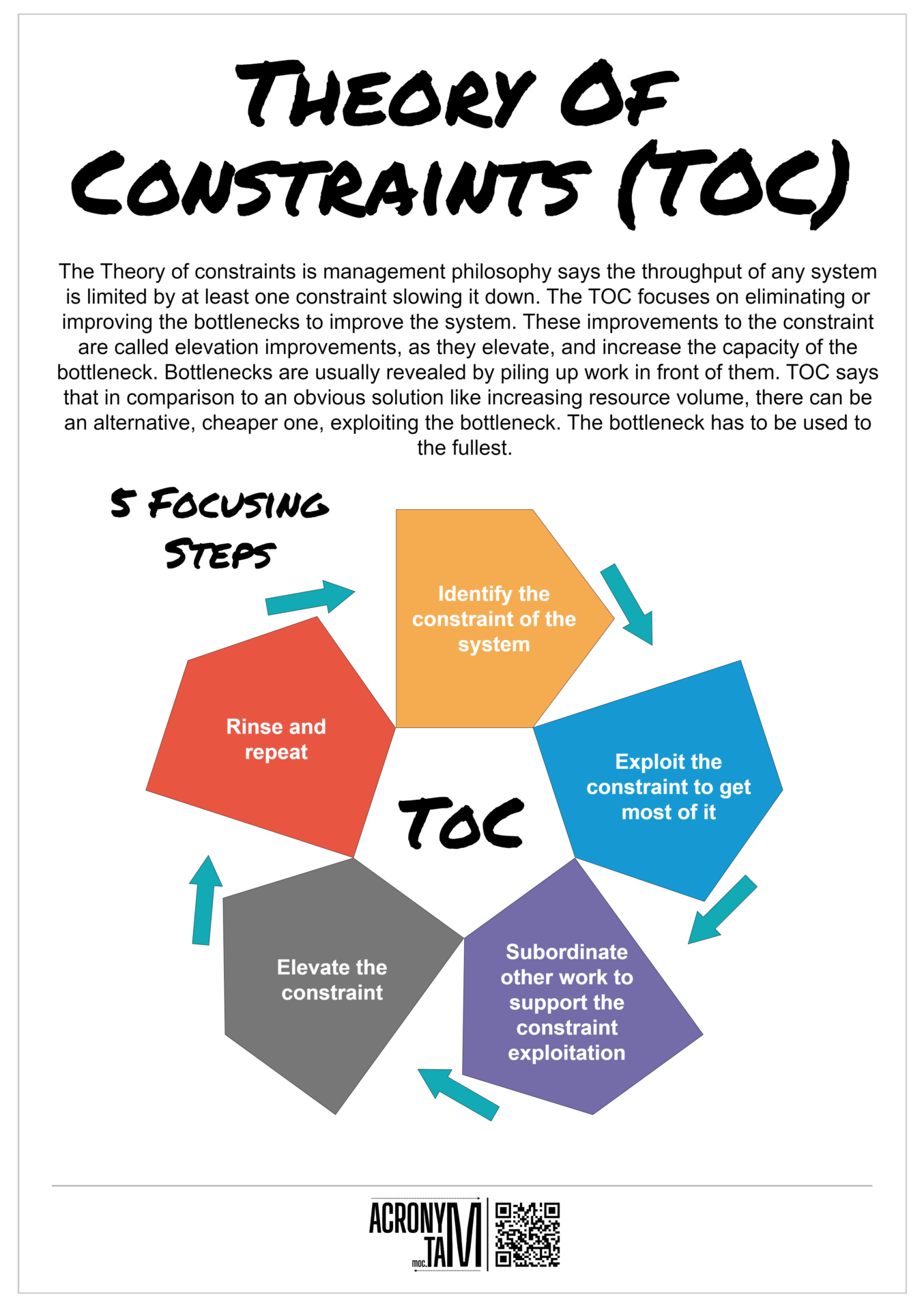Article
RACI Matrix/Chart is the type of responsibility assignment matrix for effective work organization. Defines and communicates the roles and responsibilities of various entities, especially when the roles and responsibilities are unclear or when additional clarity is needed. It is usually depicted as a simple chart, where you assign people or groups to specific tasks.
Responsible
Who is responsible? Direct responsibility for the work, usually, they develop and complete the deliverables themselves.
Accountable
Who oversees the work? Delegate and review the work, they keep the deadlines and are accountable for the work.
Consulted
Who provides additional info or support? Provide input or feedback on work, their opinions need to be taken into account.
Informed
Who to keep up to date? Updated about the progress of work, they mostly do not interact directly with the work, but the outcomes are important to them.
How to
- Create a list of all items that are important enough to be included, but keep in mind to use the right granularity for the context of your RACI matrix
- Create a list of all people involved in the work as a whole
- Create a table with one list as a first column and the second one as a first row
- Capture relations between items and people (replace with entities) by entering the letters R, A, C, I to reflect the interaction hierarchy/ structure
- If there are entities with no connection to tasks remove them
